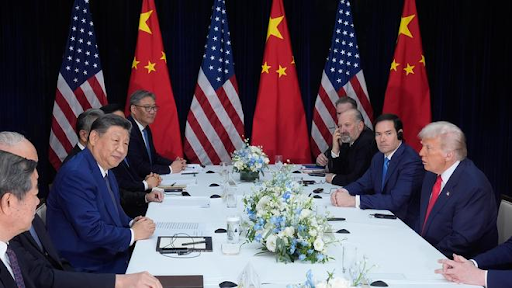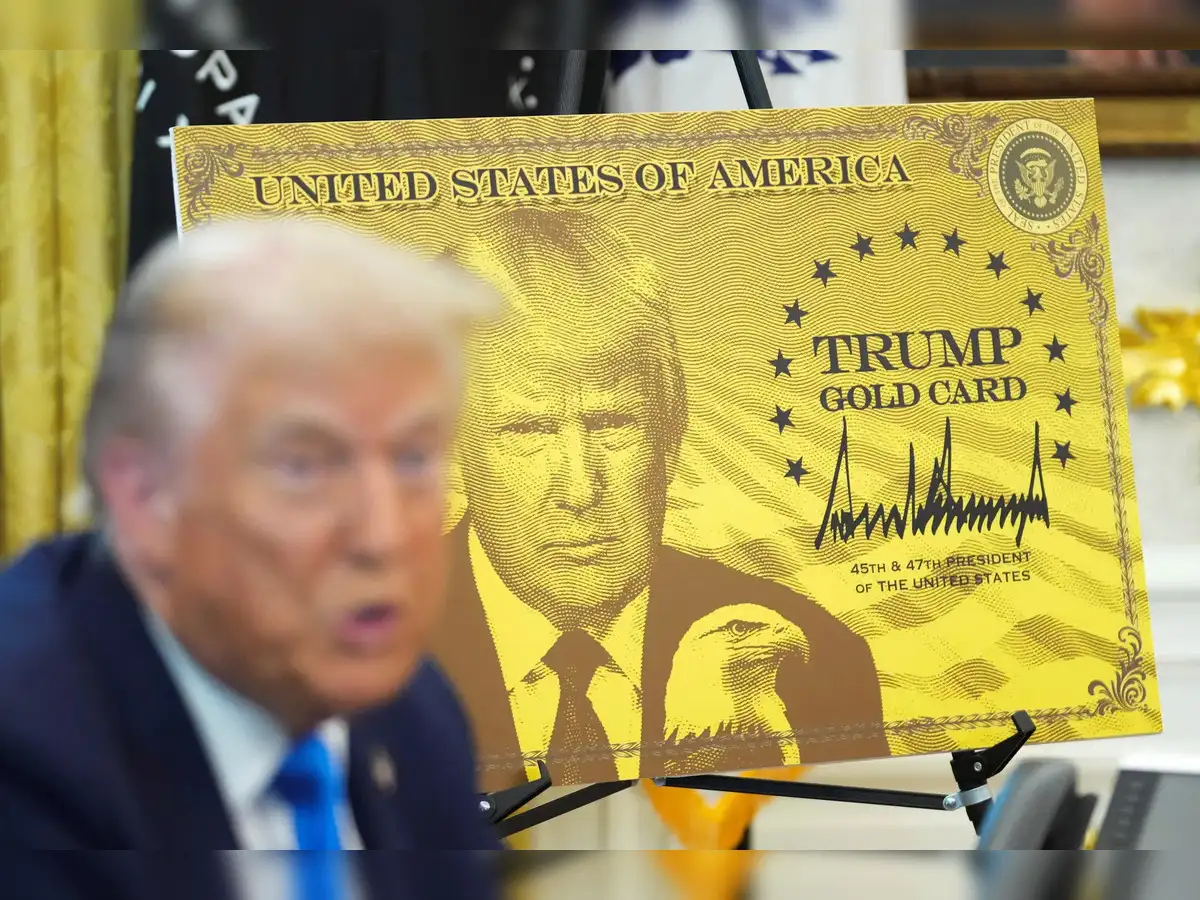



The India-US 123 Civil Nuclear Agreement enables nuclear cooperation but requires key legislative changes in India, including amending the Atomic Energy Act and CLNDA. These will attract investment and allow private sector participation. The US also needs to grant an exemption to the 810 Authorization for Small Modular Reactors (SMRs).

Copyright infringement not intended
Strategic potential of India-US 123 Agreement depends on legislative changes, US ‘810’ exemption, and collaboration for US-designed reactors and SMRs.
The India-US 123 Agreement, also known as the US-India Civil Nuclear Agreement, was signed to enable full civil nuclear energy cooperation between the two countries.
This agreement ended a 30-year ban on nuclear trade with India, which was imposed after India conducted nuclear weapons tests.
The agreement allows India to access US nuclear technology and fuel for peaceful purposes, while also requiring India to separate its civil and military nuclear facilities and place its civil facilities under international safeguards.
It enables India to access advanced nuclear technology and reactors from the US, helping it meet its growing energy demands while transitioning to clean energy.
Full implementation of the 123 Agreement will deepen the strategic partnership between India and the US, especially in the energy and technology sectors.
The agreement will open opportunities for US companies like Westinghouse, GE-Hitachi, and Holtec International to invest in India’s nuclear sector.
India aims to become a global leader in Small Modular Reactors (SMRs) technology, leveraging it as part of its clean energy transition and as a foreign policy tool to export nuclear technology to other countries.
India needs to amend two key laws to facilitate the full implementation of the 123 Agreement:
Atomic Energy Act, 1962
Civil Liability for Nuclear Damage Act (CLNDA), 2010
India is seeking an exemption from a restrictive US provision known as the ‘810 Authorization’:
The Indian government has committed to amending the Atomic Energy Act and CLNDA, but passing these amendments in Parliament could be challenging. The US has sought a firm commitment from India to amend the liability law, but New Delhi has so far offered only assurances.
The Biden administration had initiated work on granting an 810 Authorization to Holtec International, a US-based company exploring SMR collaborations with India. However, limited time and procedural delays have slowed progress. The new administration is expected to take this forward.
The full realisation of the India-US 123 Civil Nuclear Agreement depends on legislative changes in both countries. India must amend its Atomic Energy Act and CLNDA to attract foreign investment and enable private sector participation, while the US must grant an exception to the 810 Authorization to allow US companies to collaborate with India on SMRs and nuclear technology.
Must Read Articles:
THE U.S.-INDIA CIVIL NUCLEAR DEAL: CHALLENGES, OPPORTUNITIES
ABOUT INDO-US NUCLEAR COLLABORATION: UPSC CURRENT AFFAIRS
Source:
|
PRACTICE QUESTION Q. Discuss the role of the nuclear deal in India’s aspiration for a permanent seat in the United Nations Security Council (UNSC). 150 words |




© 2026 iasgyan. All right reserved